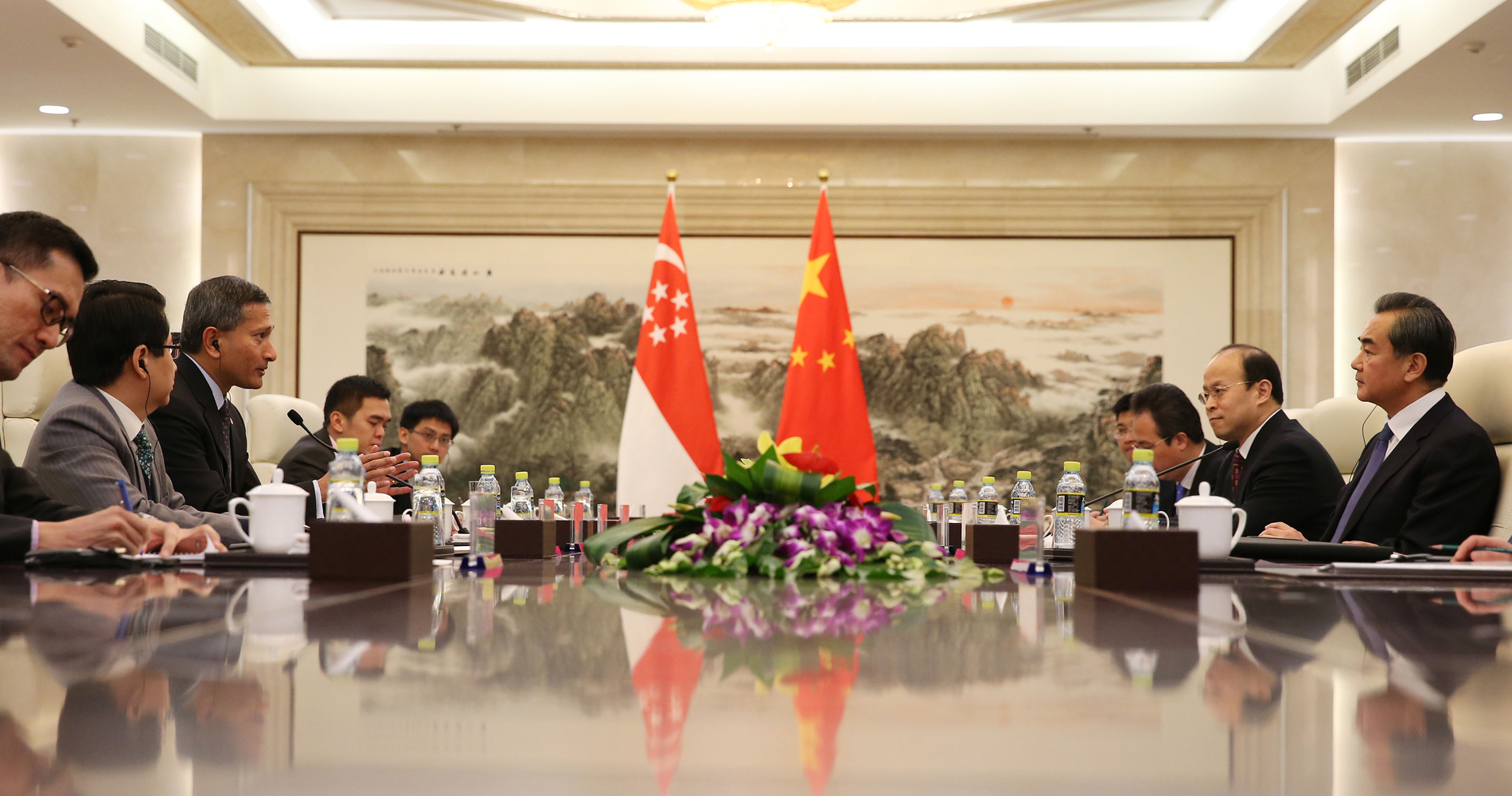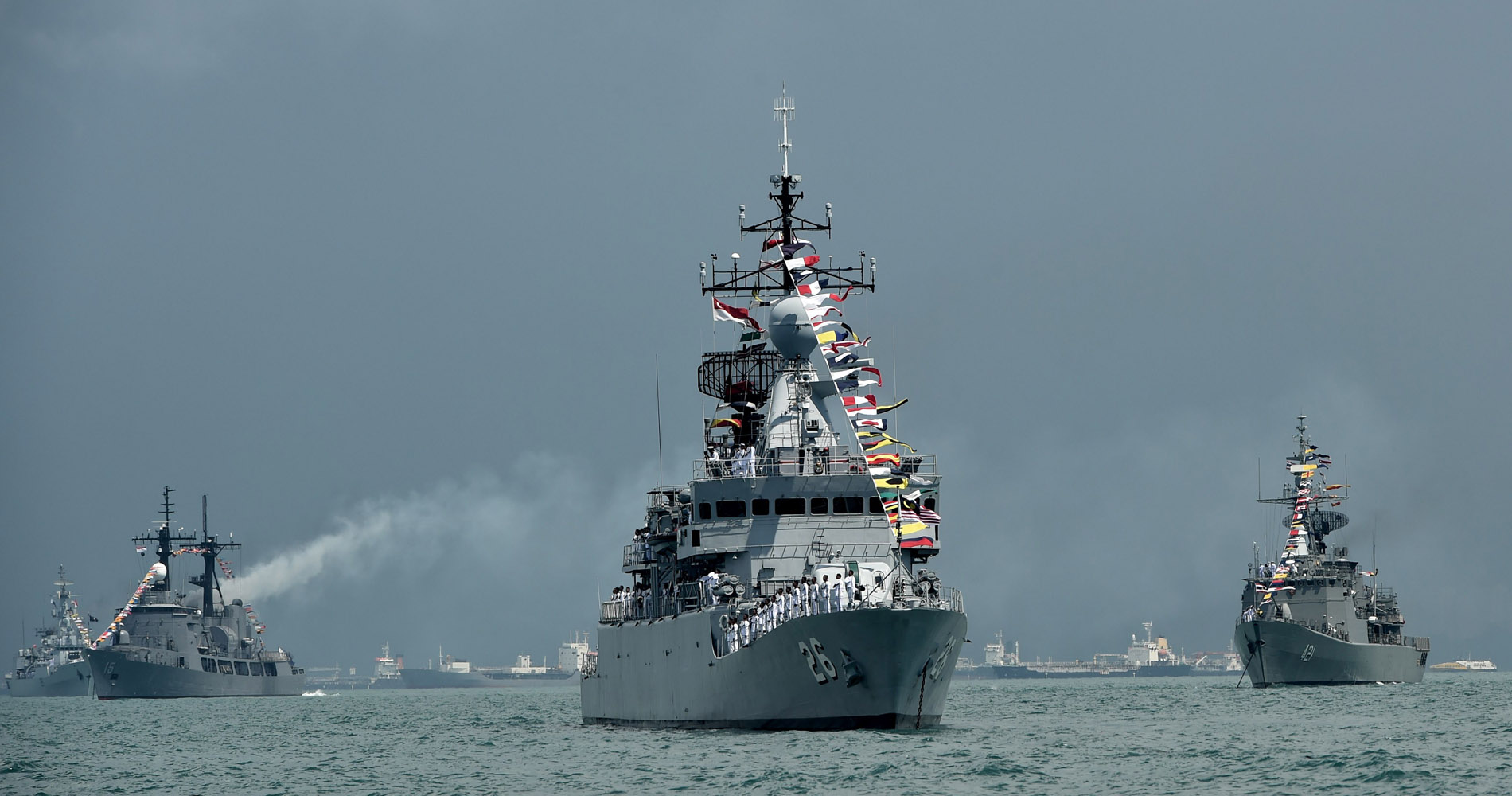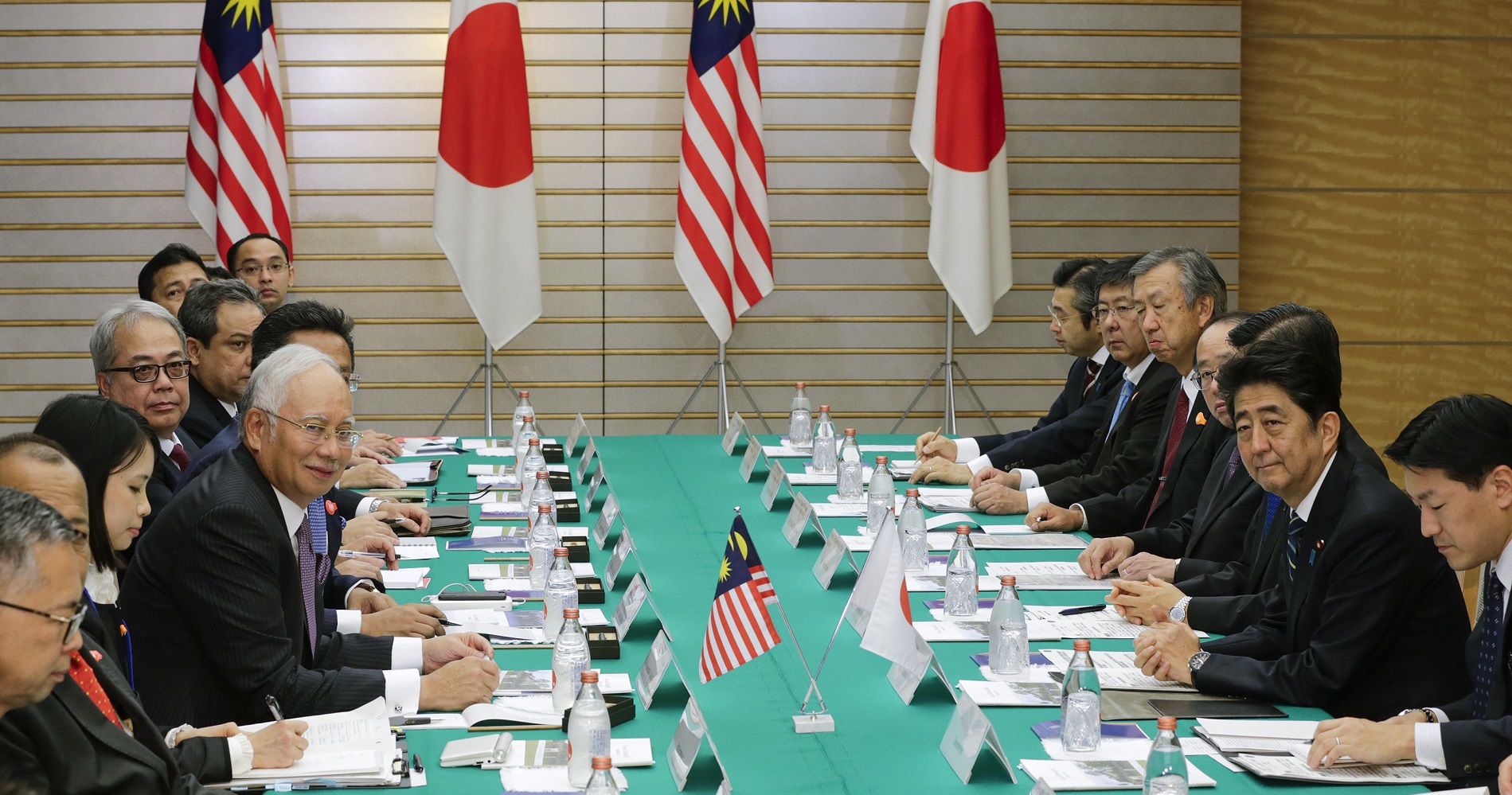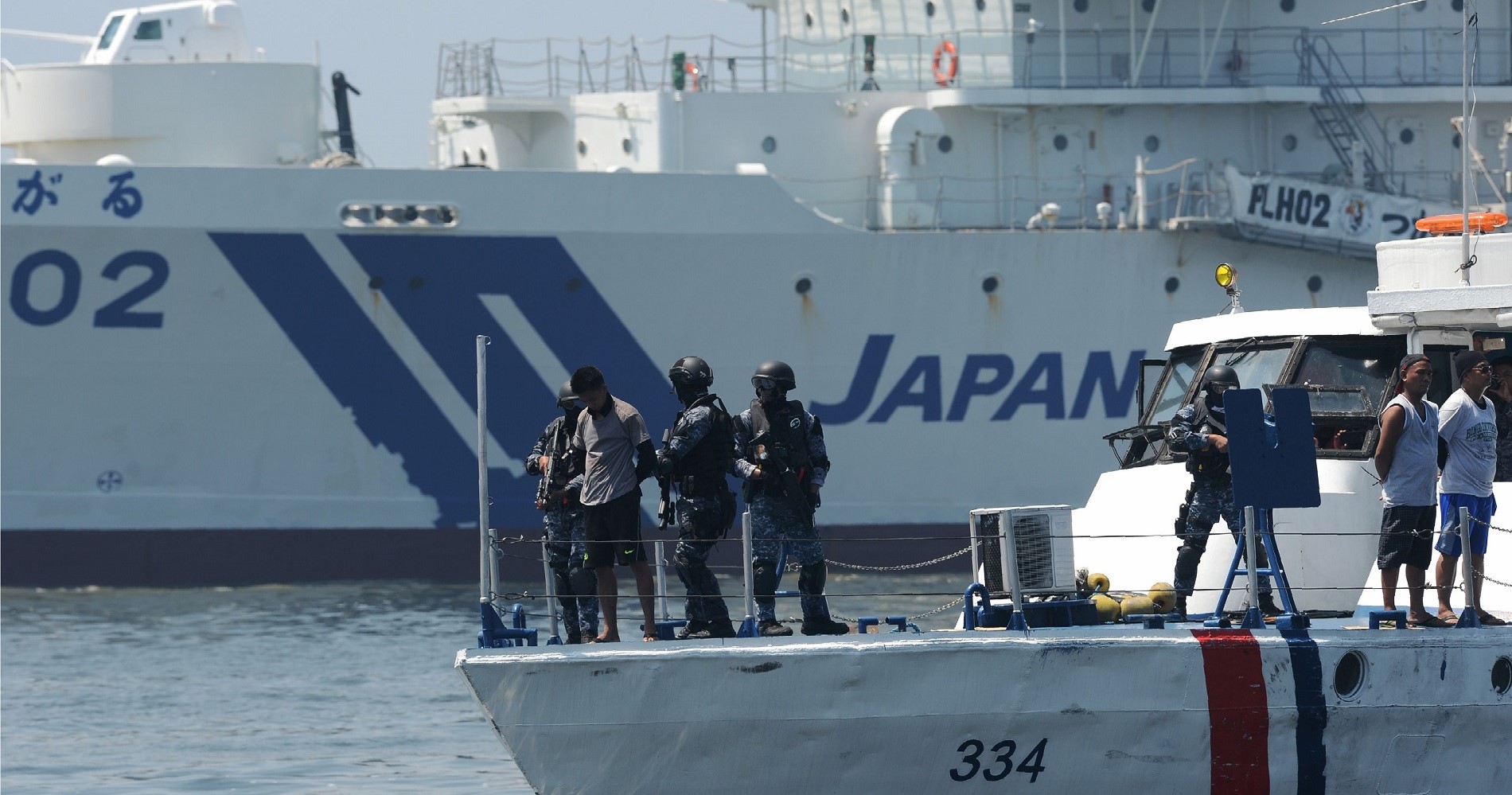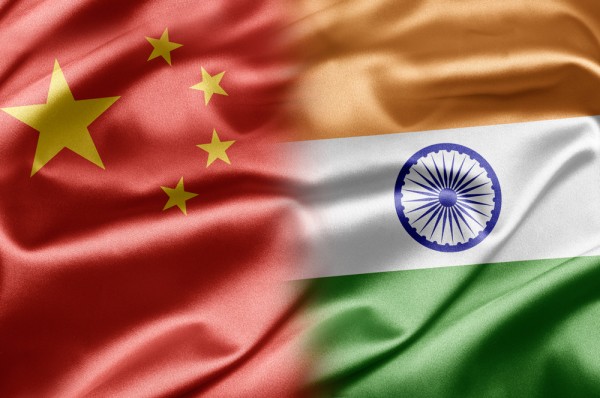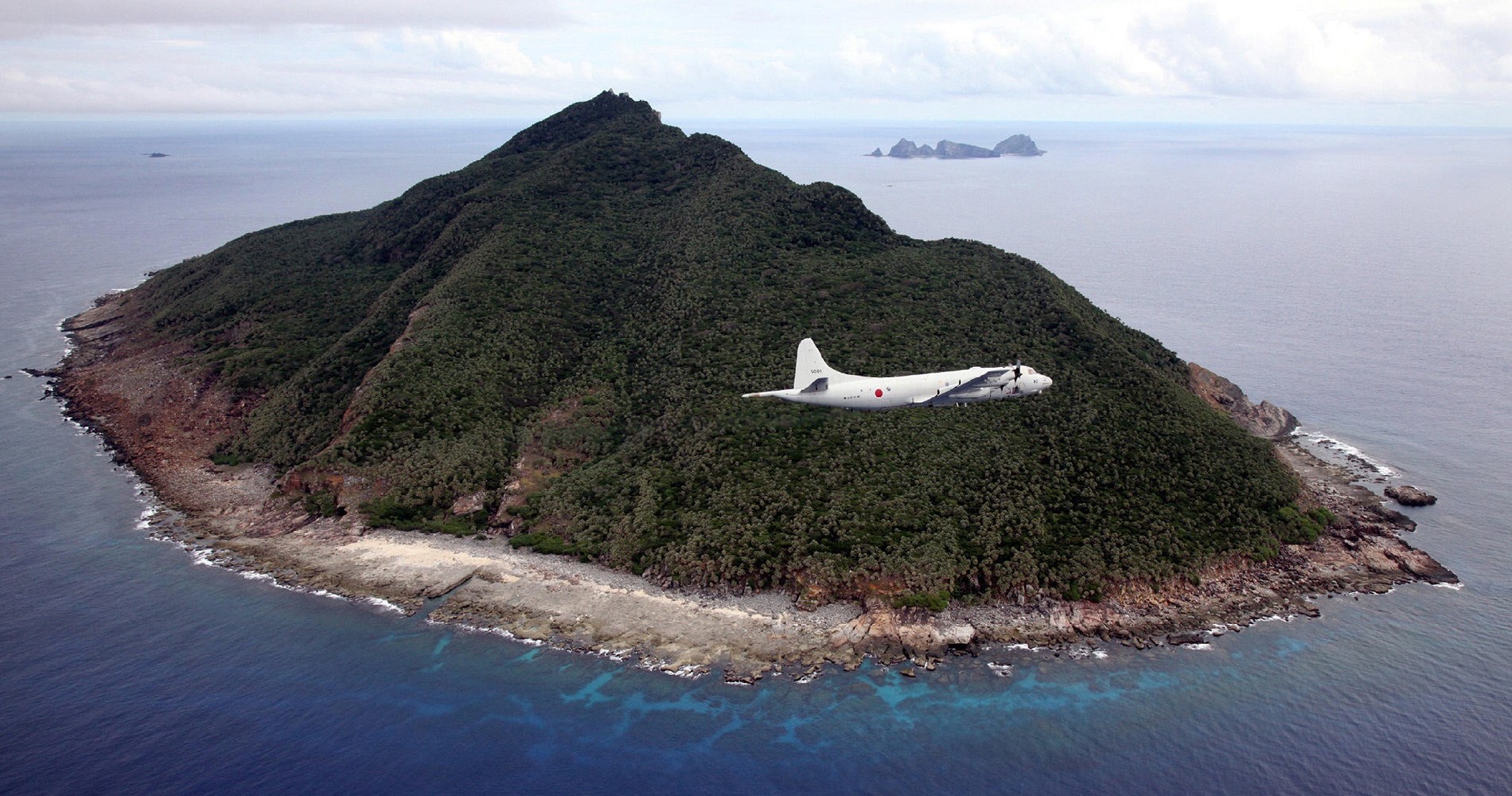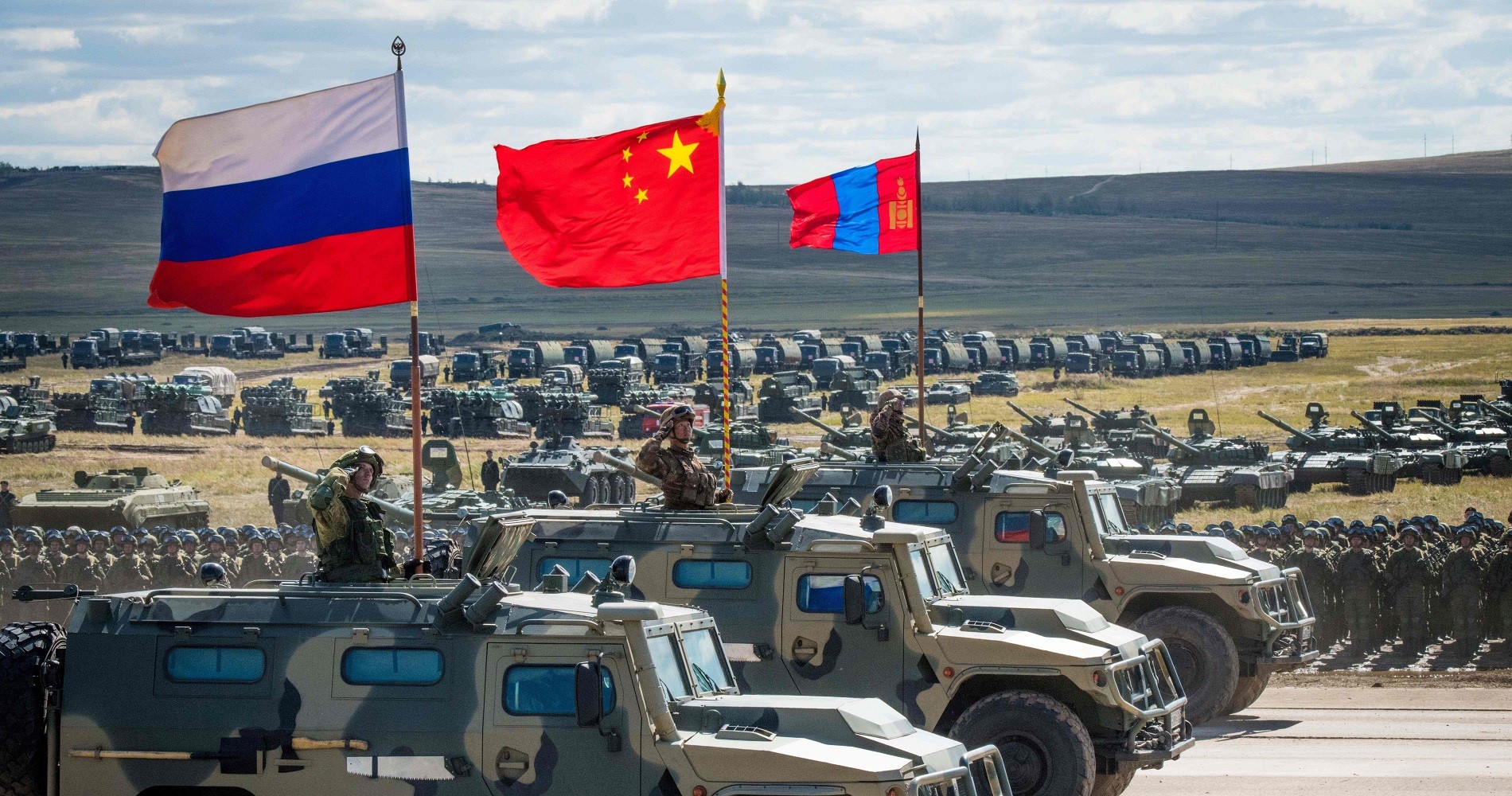Diverging Paths? Singapore-China Relations and the East Asian Maritime Domain
Singapore and China are experiencing an unprecedented period of friction in their usually calm bilateral relations. Much of the divergence is over issues relating to the South China Sea, despite the fact that Singapore is not party to the sovereignty disputes. In particular, the two sides differ in their interpretations of the United Nations Convention on the Law of the Sea (UNCLOS) and over regarding China’s reclamation of features in the South China Sea. Behind these differences lie divergent perspectives on the existing international order, international law, the management of maritime issues, and Singapore’s strategic partnership with the United States.… Read More »Diverging Paths? Singapore-China Relations and the East Asian Maritime Domain
